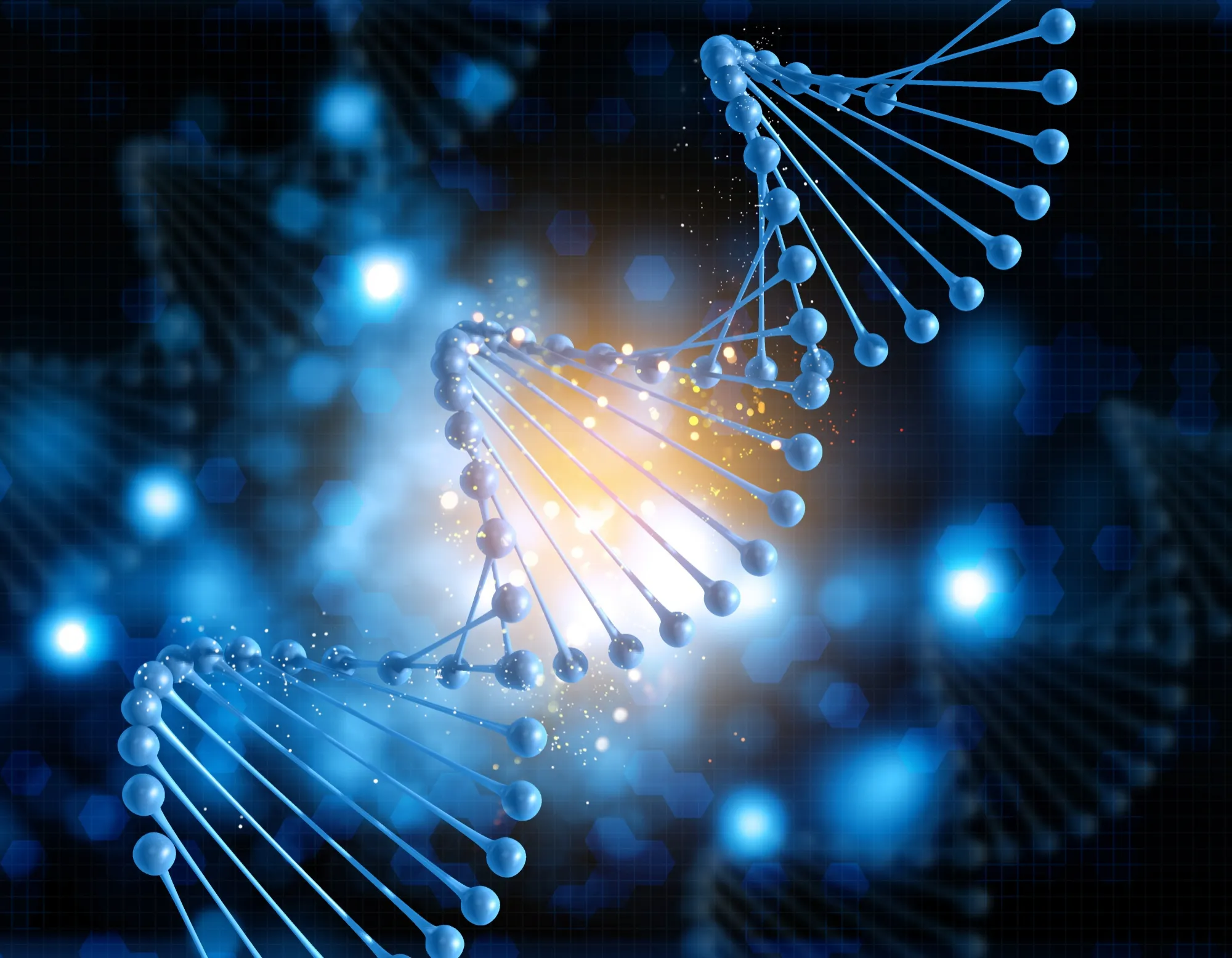In the ongoing quest to understand biological complexity, researchers have made a significant leap forward in deciphering the process of sex determination and reversal in a species far removed from the usual mammalian subjects of study. A new publication in the International Journal of Biological Macromolecules presents astonishing findings on DNA methylation dynamics during sex reversal in the Pacific oyster (Crassostrea gigas), shedding light on the enigmatic epigenetic mechanisms driving this process.
DOI: 10.1016/j.ijbiomac.2023.128964 (Sun Dongfang et al., 2024).
The Puzzling World of Oyster Sex Reversal
The Pacific oyster, a species known for its remarkable ability to naturally switch sex, has long intrigued scientists. Unlike vertebrates, where sex reversal is relatively well-understood and tied to hormonal changes, invertebrates such as Crassostrea gigas utilize mechanisms that are less clear but no less fascinating. This recently published study takes a deep dive into the role of DNA methylation, a crucial epigenetic modification, in orchestrating this extraordinary biological phenomenon.
Unveiling the Epigenetic Landscape
Led by Sun Dongfang and colleagues from the Ocean University of China, the research team utilized whole-genome bisulfite sequencing (WGBS) to obtain single-base resolution methylation profiles. Their exploration encompassed both female-to-male (FMa-to-FMb) and male-to-female (MFa-to-MFb) sex reversals, alongside sex non-reversed males and females.
The study results unveiled that during female-to-male sex reversal, global DNA methylation levels witnessed a significant increase. There was a marked rise in mCGs—cytosine-guanine sequences with high methylation levels—and a corresponding decline in intermediate methylation levels. This shift in methylation was, notably, coupled with elevated expression of genes responsible for DNA methylation.
Comparative Methylation Dynamics
Furthermore, when comparing the DNA methylation patterns before and after sex reversal, the study found that females undergoing sex reversal had their genome-wide methylation profiles remodeled accurately to resemble those of males. The reverse was true in the context of male-to-female sex reversion. This insight underscores the pivotal role alterations in DNA methylation play in sex determination and reversal in oysters.
Beyond Mammalian Paradigms
What was particularly striking was the departure from mammalian paradigms: critical genes implicated in sex determination pathways, such as Dmrt1, Foxl2, and Sox-like, revealed little to no methylation changes in Pacific oysters. This variance offers a new perspective on the diversity of life and the myriad ways evolution has shaped mechanisms of sex determination across different species.
Heat Shock Proteins: Unsung Heroes in Sex Reversal
The team’s comparative analysis also brought to light the importance of heat shock protein genes, including Hsp68-like and Hsp70B, in the occurrence of sex reversal. These findings propose that beyond the sex-determining genes themselves, broader networks of stress response genes may have a crucial hand in underwriting the capacity for sex change.
Practical Implications and Future Directions
These revelations not only advance our understanding of sex determination biology but could also carry meaningful implications for aquaculture, conservation, and management of oyster populations. By leveraging insights into DNA methylation patterns, it might be possible to develop strategies to control or predict sex ratios in oyster populations, which can have significant economic impact in the aquaculture industry.
Keywords
1. DNA methylation sex reversal
2. Pacific oyster sex determination
3. Epigenetic mechanisms invertebrates
4. Crassostrea gigas research
5. Bisulfite sequencing marine biology
References
1. Sun Dongfang et al. (2024). The role of DNA methylation reprogramming during sex determination and sex reversal in the Pacific oyster Crassostrea gigas. International Journal of Biological Macromolecules, 128964. https://doi.org/10.1016/j.ijbiomac.2023.128964
2. ScienceDirect. (2023). International Journal of Biological Macromolecules. Elsevier B.V. Retrieved from https://www.journals.elsevier.com/international-journal-of-biological-macromolecules
3. Zou, S., & Li, Q. (2018). Sex Determination and Sex Reversal in the Pacific Oyster Crassostrea gigas: A Review. Marine Biotechnology, 20(2), 181-187. https://doi.org/10.1007/s10126-017-9793-6
4. Guo, X., Li, Q., Wang, Q., & Kong, L. (2012). Genetic Basis and Biotechnological Manipulation of Sexual Dimorphism and Sex Determination in Fish. Science China Life Sciences, 55(4), 353-368. https://doi.org/10.1007/s11427-012-4320-3
5. Rivera-Casas, C., Gonzalez-Romero, R., Garduño, R. A., Cheema, M. S., Ausió, J., & Eirín-López, J. M. (2016). A Role for Epigenetic Regulation in the Adaptation and Evolution of Species to Temperature-Induced Stresses. Frontiers in Physiology, 7, 341. https://doi.org/10.3389/fphys.2016.00341
Declaration
The authors have declared no competing interests.
Ocean University of China’s world-renowned Key Laboratory of Mariculture has been at the vanguard of marine biological research, conducting studies that impact our global understanding of marine life and marine resource management. As we face a world of environmental changes, understanding and potentially harnessing the mechanisms at play in organisms like Crassostrea gigas could be a cornerstone in fostering resilience in marine ecosystems, ensuring food security, and preserving biodiversity.
